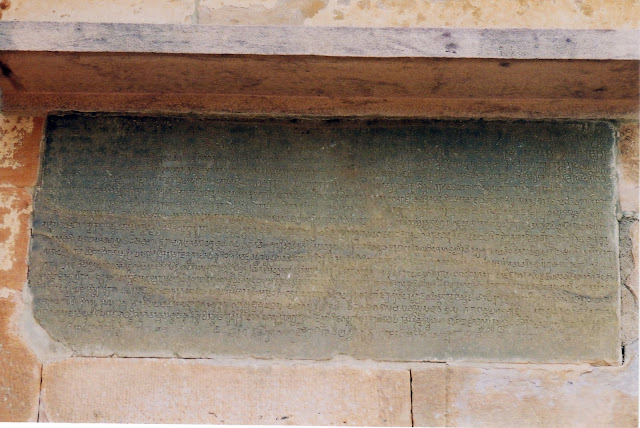One of the famous triumvirate called “Lal-Bal-Pal”, Bipin Chandra Pal is known as "Father of Revolutionary Thoughts" in India. He was born in 1858 in Sylhet (now in Bangladesh).
Bipin Chandra Pal joined Indian National Congress in 1886.
He started newspapers with a view to educating public opinion. He was the founder editor of Paridarshak, a weekly, and later worked as assistant editor of the Bengal Public Opinion and the Tribune.
Nationalist to the core, Bipin Chandra Pal was an exponent of concept of Indian Swaraj and Swadeshi. He vehemently opposed the partition of Bengal announced in 1905. He was a noted writer and a powerful speaker. His most famous work was Memories and My Life and Times (in two volumes).
He also launched English newspaper Bande Mataram of which the revolutionary and later a mystic Aurobindo Ghose became an editor. In 1907, he was convicted for six months following publication of seditious views in the paper.
Bipin Chandra Pal worked for Association for the Advancement of Scientific and Industrial Education of India which was set up during the Swadeshi Movement for the dissemination of scientific and industrial education.
Critical of Mahatma Gandhi, he retired from active politics in 1920. He continued to publish in retirement till his death on May 20, 1932.





